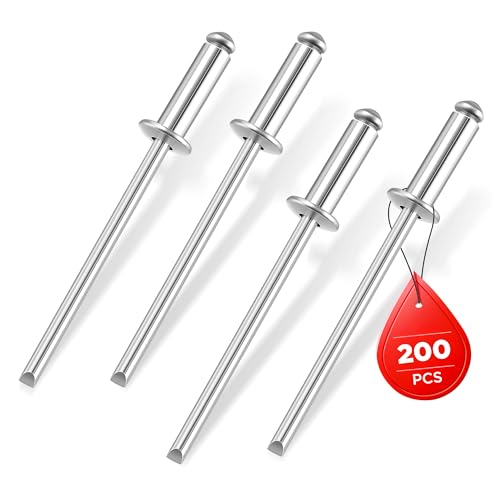Thanks... I like to learn and research and make every attempt to do things right. But over the years I have tried alternative methods on literally every restoration project I have done much like Henry Ford did in his time. Use what you have and repurpose if whatever fits/works.... I stock cork and know I have it.... a little thicker than what I removed.... but I also have another gasket material that is super thin and that was used on water necks as gaskets on cars. The gasket on the outside transom was very thin.... almost paper-like.... so this is what I might use..... IF .... I can find it.... These days that is sometimes my biggest problem. Then yesterday I also researched what bolts/screws to use when attaching the transom parts and got the usual debate and yes, no, do and don't..... for every possible option. What was there, for many years, was plain jane zinc plated el cheapos.... that rusted badly and there was zero chance of removing them conventionally. I used a cut off wheel to remove them. So I am considering stainless steel and was cautioned on using them because of an (electron) chemical reaction... then for every article I found that says "don't" I found an article that says "it won't affect a thing." Then there were advocates for using only aluminum hardware too.... no rust... no chemical interaction.... I am willing to bet the bolts I cut off, had been on this boat for over 50 years and I am sure I will never see these removed by the next owner; whatever I use. But I was a waste of time yesterday (it was hot here in Minnesota) so this morning I am going out early and putting on the dust mask and will clean up some areas of the boat.... shooting for at least two hours per day..... It is turning into more work than I thought it would be... but it still is a fun project and a learning experience.... Did you notice I tend to babble? LOL... Take care...














































